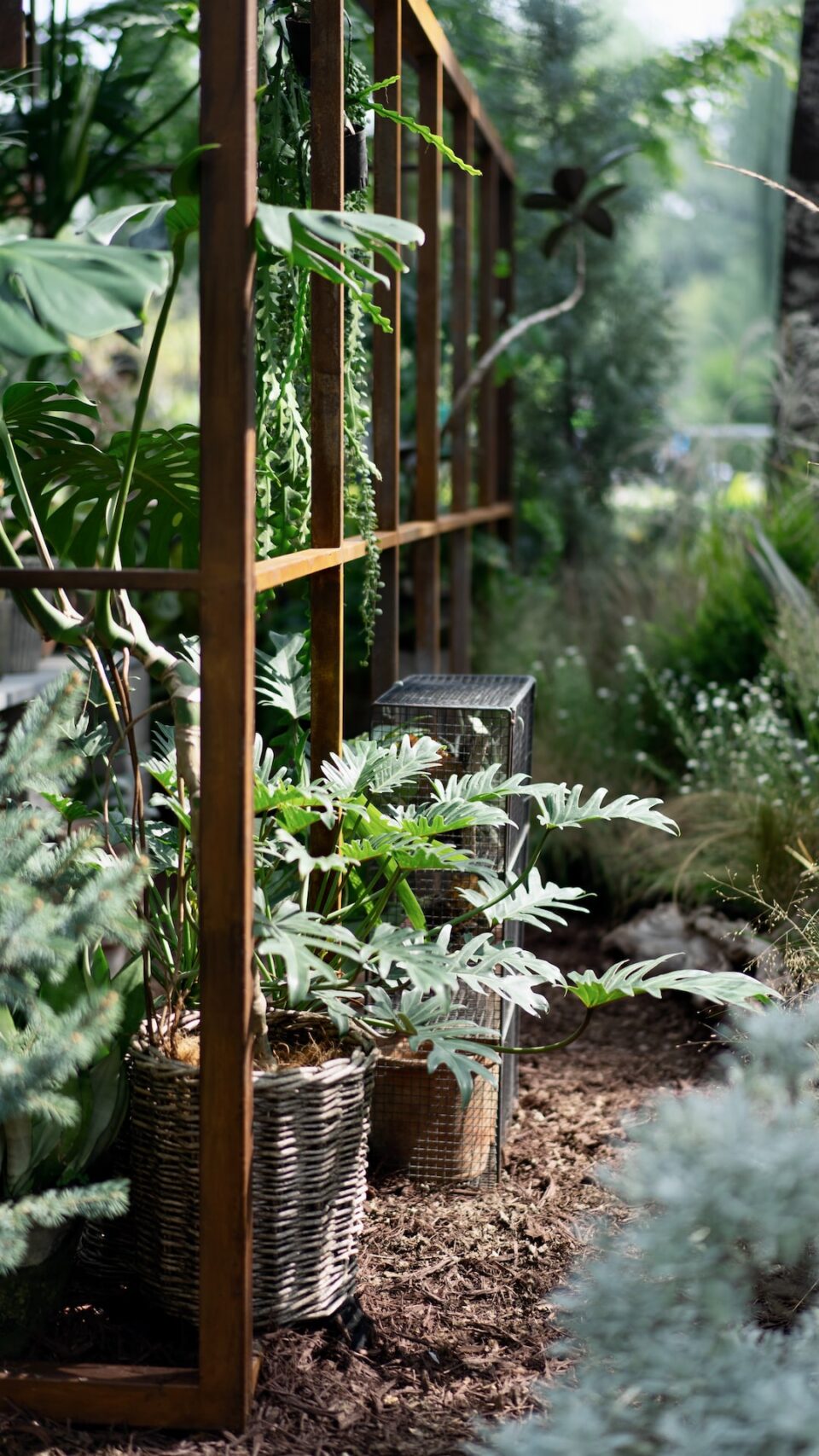The Secrets to Successful Seed Starting Indoors
For many gardeners, seed starting is an exciting and essential part of the gardening journey. Starting plants from seeds gives you more control over the entire growing process, enabling you to choose from a wider variety of plants and save money. While outdoor sowing is common, there are numerous benefits to starting seeds indoors. In this blog post, we will explore the secrets to successful seed starting indoors and how you can maximize your chances of achieving healthy, robust plants.
1. Timing is Everything
Before starting your seeds, it’s crucial to understand the appropriate timing for each specific plant. Different plants have different requirements in terms of temperature, light, and growth rate. Research the recommended planting dates for your seeds and create a schedule accordingly. This will give your plants ample time to mature before being transplanted outdoors.
2. Provide Adequate Light
Light is one of the most critical factors for successful seed starting indoors. Insufficient light can lead to weak and leggy plants. A south-facing window might seem like a good idea, but it often doesn’t provide enough light for healthy growth. Consider investing in fluorescent or LED grow lights, which provide the proper light spectrum needed for plant growth. Position the lights 2 to 3 inches above the seedlings and adjust their height as the plants grow taller.
3. Maintain Appropriate Temperature
Temperature plays a significant role in seed germination and subsequent growth. Most seeds require a consistent temperature range to germinate successfully. Ensure your indoor space provides the necessary warmth. Using a seedling heat mat can help maintain the optimal temperature range, especially during colder months. Remember to remove the mat once the seedlings have emerged to avoid overheating them.
4. Use High-Quality Seed Starting Mix
Selecting the right seed starting mix is crucial for optimal plant development. Look for mixes that are lightweight, well-draining, and sterile to prevent disease and fungal issues. Avoid using soil from your garden, as it tends to compact and could introduce pests or diseases to your seedlings. A high-quality seed starting mix will provide sufficient moisture retention while allowing oxygen to reach the roots.
5. Adequate Watering, But Not Too Much
Maintaining proper soil moisture is essential for successful seed starting. Overwatering can lead to damping-off, a fungal disease that causes seedling death, while underwatering can result in stunted growth. Water the seedlings from the bottom by placing the trays in a shallow container filled with water. This allows the soil to absorb water without oversaturating it. Monitor the moisture level regularly, and adjust accordingly.
6. Provide Adequate Air Circulation
Good air circulation is essential for preventing disease and strengthening young seedlings. A small fan set on a low, gentle setting can simulate outdoor breezes, promoting stronger stems and reducing the risk of fungal issues. Remember to clean the fan blades regularly to prevent dust buildup.
7. Harden Off Before Transplanting Outdoors
Before transplanting your seedlings outdoors, it’s essential to gradually acclimate them to the outdoor conditions. This process is called hardening off and involves exposing the plants to outdoor temperatures and sunlight incrementally over a week or two. Start by placing them outside for a few hours each day, gradually increasing exposure until they can handle a full day outside. This gradual transition reduces transplant shock and helps the plants adjust to their new environment.
By following these secrets to successful seed starting indoors, you can give your garden a head start and ensure healthy, thriving plants. Patience, consistency, and attention to detail are key when it comes to nurturing your seedlings. So, gather your seeds, set up your indoor space, and enjoy the journey of starting your garden from scratch.

